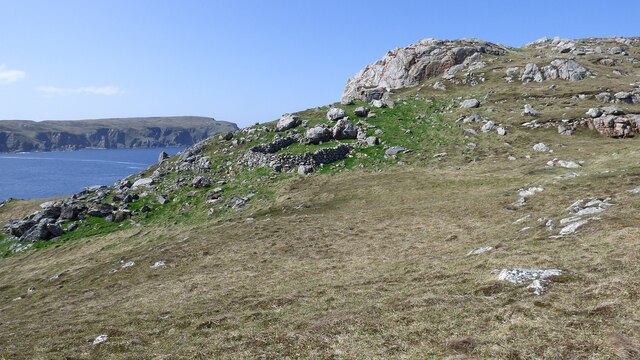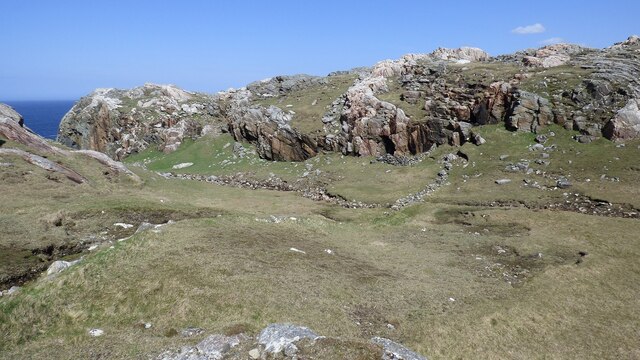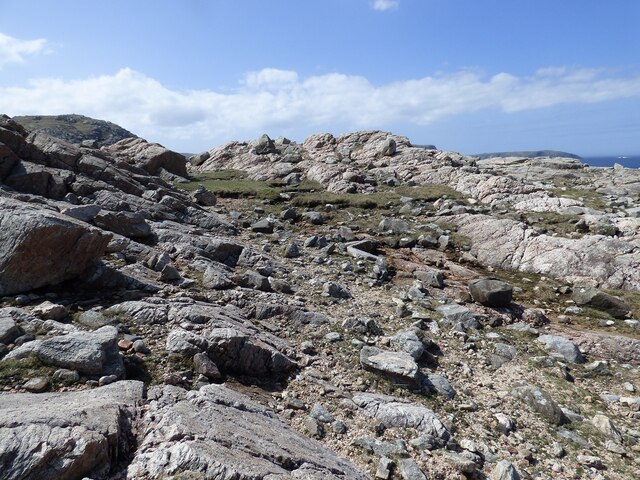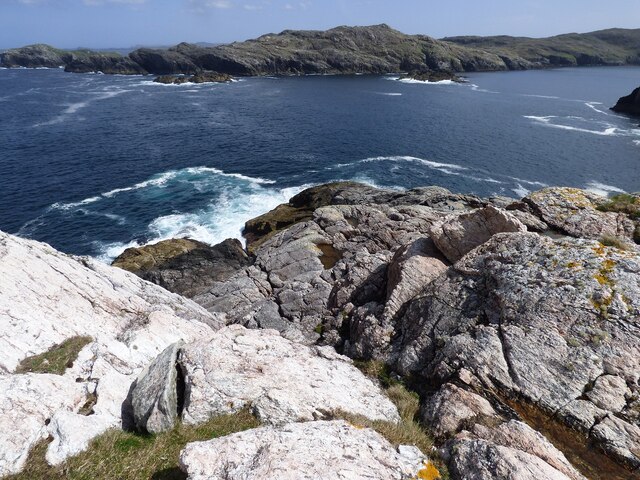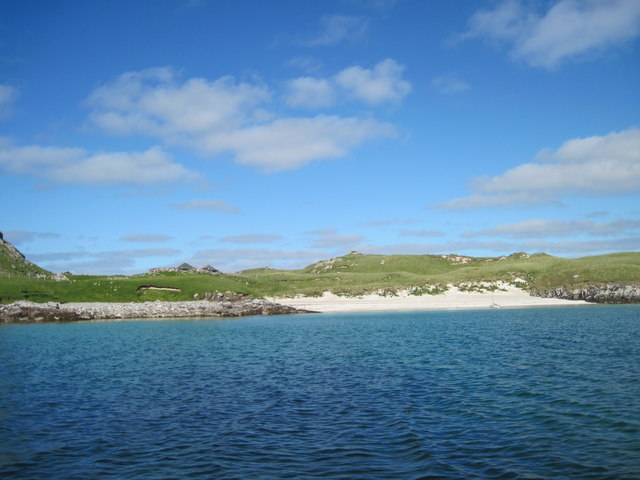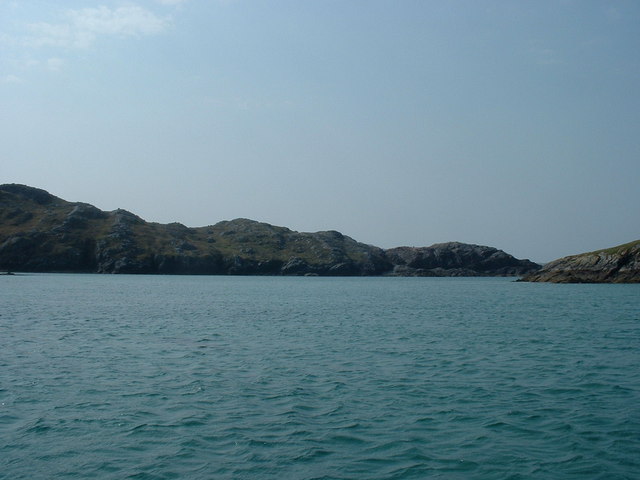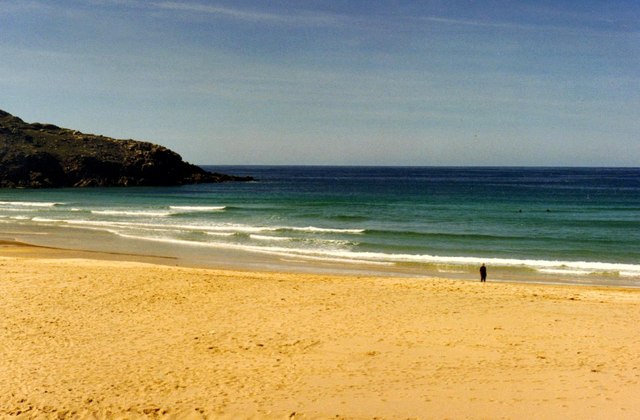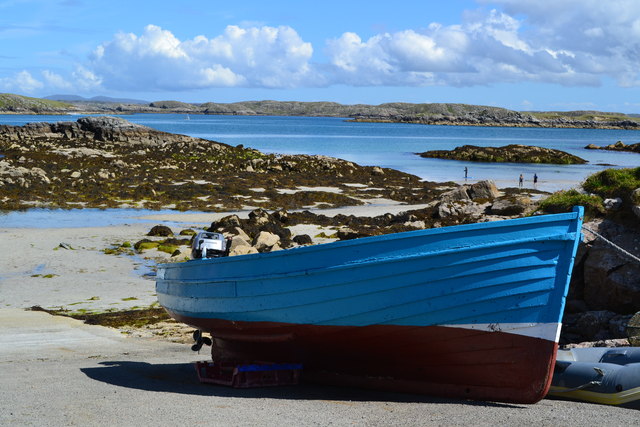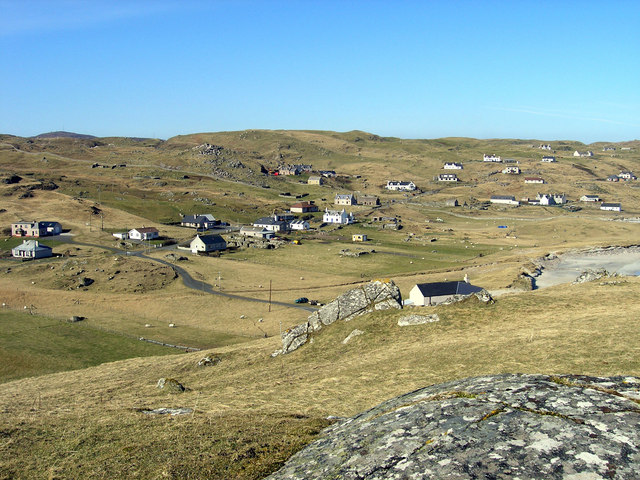Mas an Toa
Coastal Feature, Headland, Point in Ross-shire
Scotland
Mas an Toa
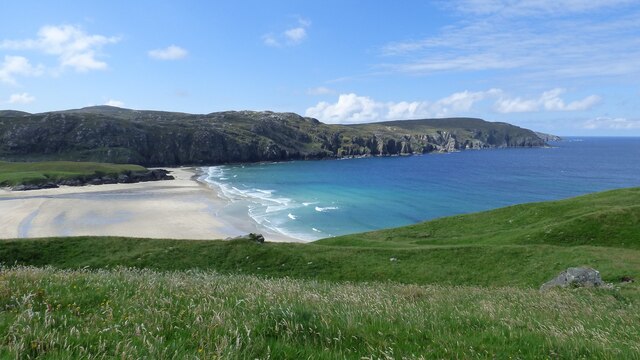
Mas an Toa is a prominent coastal feature located in Ross-shire, Scotland. Situated on the western coast of the Scottish Highlands, Mas an Toa is a headland that juts out into the North Atlantic Ocean. The name "Mas an Toa" translates to "Hill of the Bull" in the local Gaelic language, reflecting the rugged and majestic nature of this point.
The headland is characterized by its dramatic cliffs, reaching heights of up to 100 meters, providing breathtaking views of the surrounding landscape. These cliffs have been shaped by the relentless pounding of the ocean waves, creating intricate rock formations and caves along the coastline. Visitors can explore these caves, which are home to a variety of seabirds such as puffins, guillemots, and razorbills.
Mas an Toa also serves as an important navigational landmark for ships and boats navigating the treacherous waters of the North Atlantic. The headland's strategic location provides a vantage point for sailors to spot potential hazards and safely navigate their vessels.
Aside from its natural beauty, Mas an Toa is also rich in history. The headland is dotted with the remains of ancient settlements, including Iron Age forts and Viking burial sites, providing glimpses into the region's past.
Overall, Mas an Toa is a stunning coastal feature that offers visitors a chance to immerse themselves in Scotland's natural beauty and explore its rich history. Whether it is admiring the towering cliffs, spotting seabirds, or uncovering ancient ruins, Mas an Toa provides a truly memorable experience for all who visit.
If you have any feedback on the listing, please let us know in the comments section below.
Mas an Toa Images
Images are sourced within 2km of 58.232675/-6.9665265 or Grid Reference NB0837. Thanks to Geograph Open Source API. All images are credited.
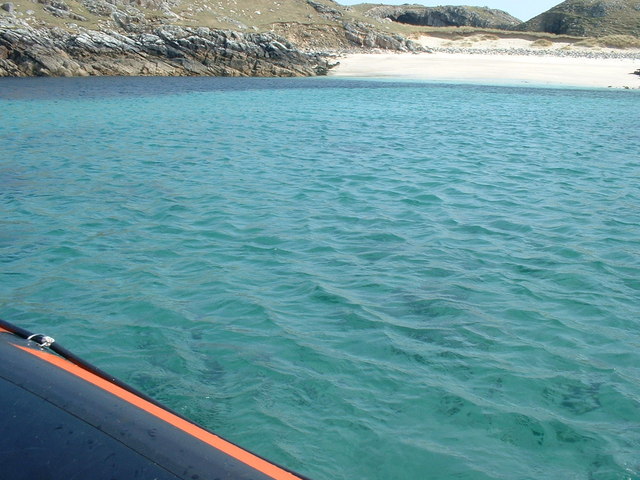
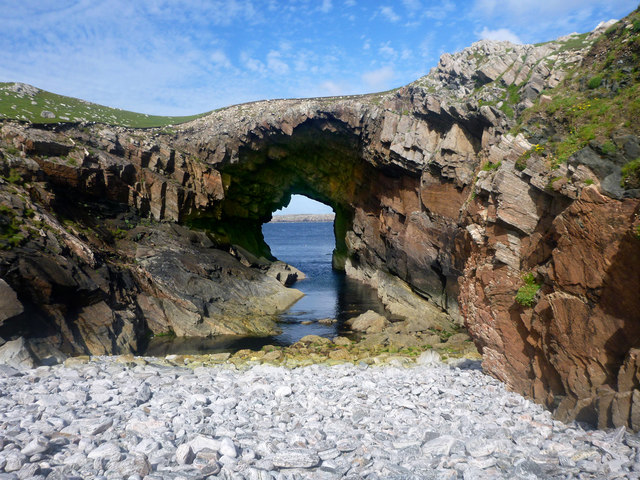
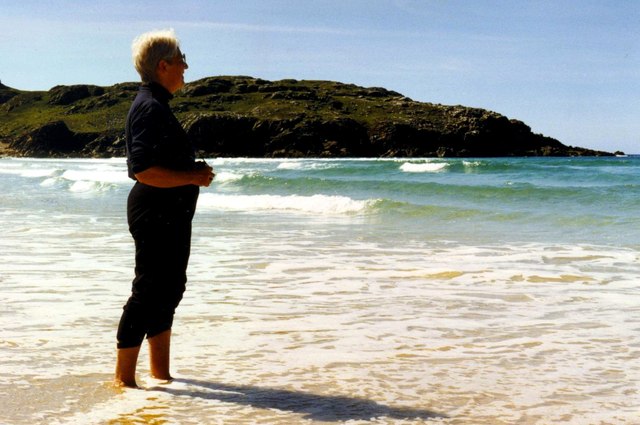
Mas an Toa is located at Grid Ref: NB0837 (Lat: 58.232675, Lng: -6.9665265)
Unitary Authority: Na h-Eileanan an Iar
Police Authority: Highlands and Islands
What 3 Words
///bombshell.beats.spots. Near Carloway, Na h-Eileanan Siar
Related Wikis
Kneep
Kneep (Scottish Gaelic: Cnìp) is a village on the Isle of Lewis, in the Outer Hebrides, Scotland. Kneep is within the parish of Uig.Various archaeological...
Pabaigh Mòr
Pabay Mòr or Pabaigh Mòr is an uninhabited island in the Outer Hebrides of Scotland. == History == The island's name comes from papey, an Old Norse name...
Cliff, Lewis
Cliff (Scottish Gaelic: Cliobh) is a small settlement on the Isle of Lewis, in the Outer Hebrides, Scotland. Cliff is within the parish of Uig. The settlement...
Vacsay
Vacsay (Scottish Gaelic: Bhacsaigh from Old Norse "bakkiey" meaning "peat bank island") is one of the Outer Hebrides. It is off the west coast of Lewis...
Have you been to Mas an Toa?
Leave your review of Mas an Toa below (or comments, questions and feedback).
